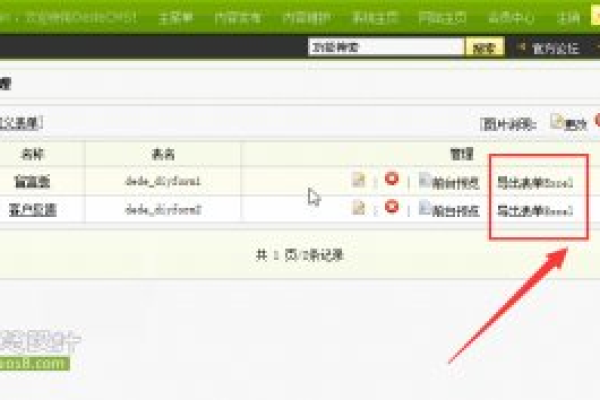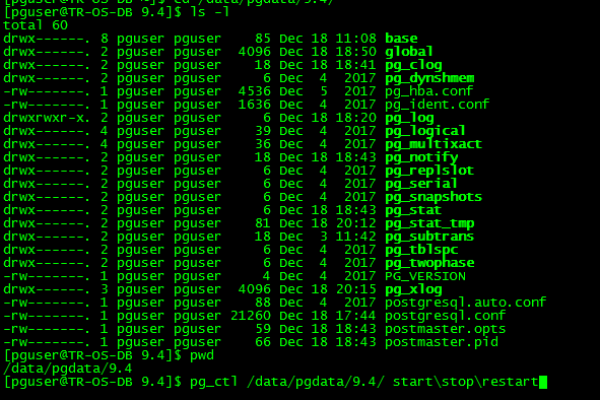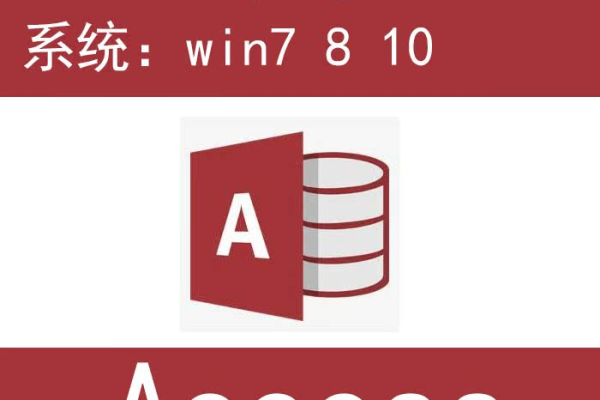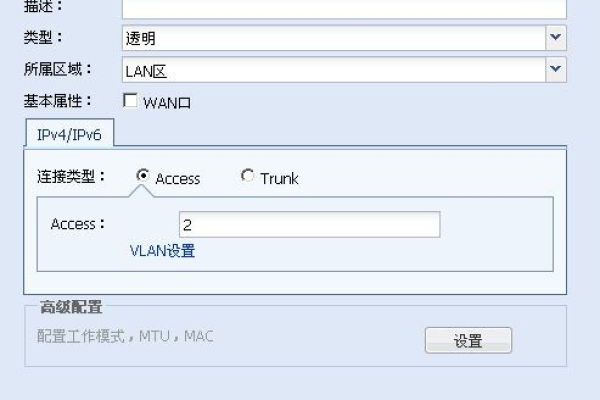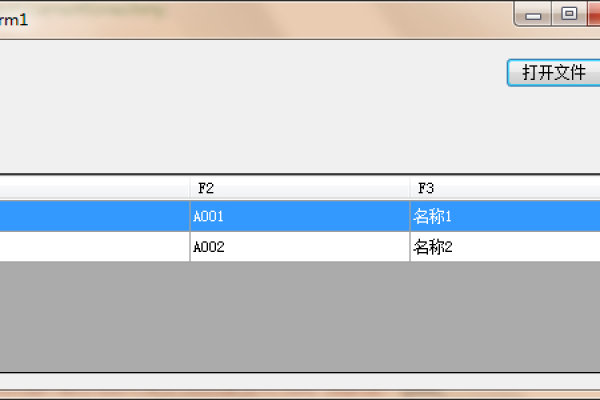从数据库中取时间的字段
- 行业动态
- 2025-04-02
- 3
SELECT time_column FROM table_name;来获取名为 time_column的时间字段数据。
在现代应用程序开发中,处理时间数据是一个常见且重要的任务,无论是记录事件的发生时间、计算时间差、还是进行时间序列分析,从数据库中提取时间字段都是不可或缺的一环,本文将详细介绍如何从不同类型的数据库中提取时间字段,包括关系型数据库(如MySQL、PostgreSQL)和非关系型数据库(如MongoDB),并提供一些实用的示例代码和最佳实践。
一、关系型数据库中的时间字段提取
MySQL
数据类型:
DATE: 存储日期,格式为YYYY-MM-DD。
DATETIME: 存储日期和时间,格式为YYYY-MM-DD HH:MM:SS。
TIMESTAMP: 存储时间戳,范围更大,可以包含更精细的时间信息。
示例查询:
假设有一个名为events的表,其中包含一个event_time字段,类型为DATETIME。
SELECT event_time FROM events;
如果需要过滤特定日期或时间范围内的记录:
SELECT FROM events WHERE event_time BETWEEN '2023-01-01 00:00:00' AND '2023-01-31 23:59:59';
PostgreSQL
数据类型:
DATE: 同MySQL。
TIMESTAMP: 同MySQL,但支持时区。

TIMESTAMPTZ: 带时区的时间戳。
示例查询:
同样以events表为例:
SELECT event_time FROM events;
使用TIMESTAMPTZ并考虑时区转换:
SELECT event_time AT TIME ZONE 'UTC' AS utc_time FROM events;
二、非关系型数据库中的时间字段提取
MongoDB
数据类型:
Date: MongoDB内置的日期类型,存储为UTC时间戳。
示例查询:

使用MongoDB的Shell或驱动程序执行以下操作:
db.events.find({}, { event_time: 1 }); 筛选特定日期范围内的文档:
db.events.find(
{ event_time: { $gte: new Date("2023-01-01"), $lt: new Date("2023-02-01") } }
); 三、时间字段的格式化与转换
在不同编程语言中,从数据库获取时间后,通常需要进行格式化或转换为本地时间,以下是一些常见语言的示例:
1. Python (使用pymysql连接MySQL)
import pymysql
connection = pymysql.connect(host='localhost', user='user', password='passwd', db='database')
cursor = connection.cursor()
cursor.execute("SELECT event_time FROM events")
rows = cursor.fetchall()
for row in rows:
print(row[0]) # 输出原始时间
from datetime import datetime
print(datetime.fromtimestamp(row[0].timestamp())) # 转换为本地时间 2. JavaScript (Node.js + MySQL)
const mysql = require('mysql');
const connection = mysql.createConnection({ host: 'localhost', user: 'user', password: 'passwd', database: 'database' });
connection.query('SELECT event_time FROM events', (error, results) => {
if (error) throw error;
results.forEach(row => {
console.log(row.event_time); // 输出原始时间
console.log(new Date(row.event_time)); // 转换为本地时间
});
}); 四、最佳实践与注意事项
1、时区处理: 总是明确指定时区,避免因时区差异导致的错误。
2、索引优化: 如果经常按时间查询,确保在时间字段上建立索引以提高查询效率。

3、数据一致性: 对于分布式系统,考虑使用UTC时间存储,以避免不同服务器时区设置不一致的问题。
4、安全性: 防止SQL注入,特别是在动态构建查询语句时。
FAQs
Q1: 如何在Java中从MySQL数据库获取并格式化时间字段?
A1: 在Java中,可以使用JDBC连接MySQL数据库,并通过ResultSet获取时间字段。
import java.sql.;
import java.text.SimpleDateFormat;
public class Main {
public static void main(String[] args) throws SQLException {
Connection conn = DriverManager.getConnection("jdbc:mysql://localhost:3306/database", "user", "passwd");
Statement stmt = conn.createStatement();
ResultSet rs = stmt.executeQuery("SELECT event_time FROM events");
SimpleDateFormat sdf = new SimpleDateFormat("yyyy-MM-dd HH:mm:ss");
while (rs.next()) {
Timestamp timestamp = rs.getTimestamp("event_time");
System.out.println(sdf.format(timestamp));
}
rs.close();
stmt.close();
conn.close();
}
} Q2: 在MongoDB中如何更新文档中的时间字段?
A2: 在MongoDB中,可以使用$set操作符来更新文档中的时间字段,要将events集合中某个文档的event_time字段更新为当前时间:
db.events.updateOne(
{ _id: ObjectId("document_id") },
{ $set: { event_time: new Date() } }
); 通过上述方法和示例,您可以有效地从各种数据库中提取并处理时间字段,满足不同的应用需求,正确处理时间数据对于保证数据的准确性和一致性至关重要,希望本文能为您提供有价值的参考。


